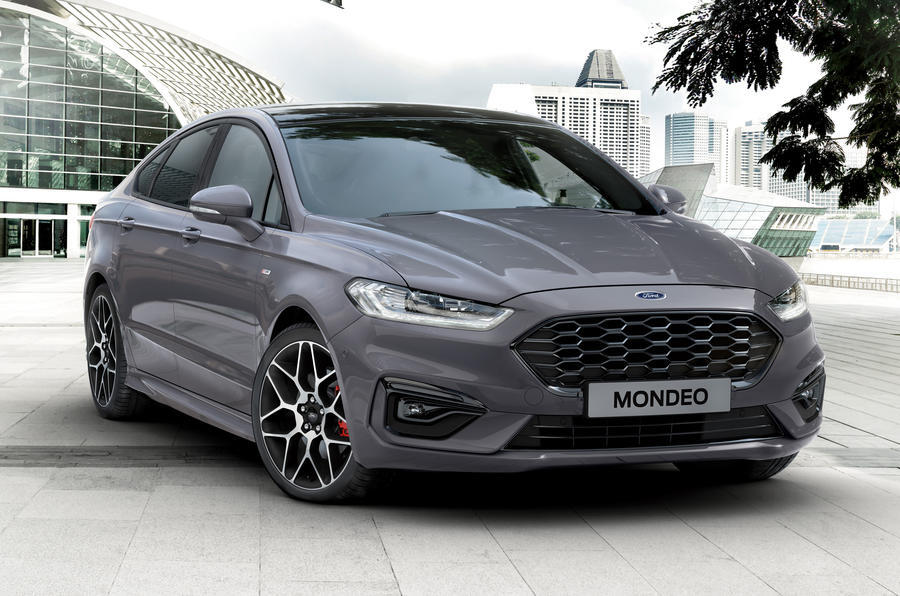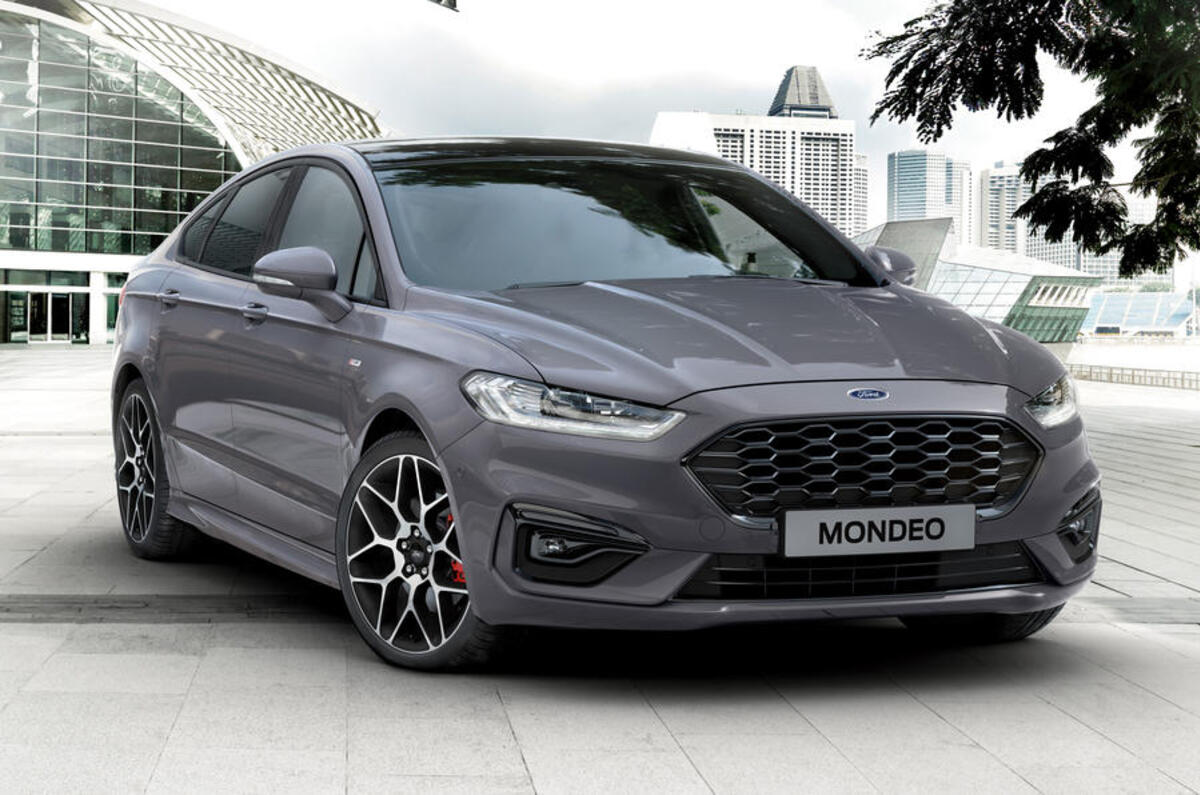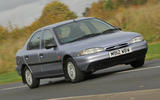The Ford Mondeo’s story begins well before 1993, when Ford’s billion-dollar car was released to the world. Instead it begins 31 years before that, with the launch of a car codenamed “Archbishop”. The Cortina’s arrival launched Ford UK on a golden trajectory of success. For a good decade the Cortina was simply unassailable, its sales domination regularly scoring it a 10- to 12% market share. That’s unheard of today.
The Cortina dominated partly because there was less choice, partly because its main competitor British Leyland was failing and partly because it became the favoured choice of fleet managers. This was in the days before the company car driver could choose his own wheels. But the main reason it sold so well is that its styling was always bang on, and because the hierarchy of derivatives was not only easy to understand, but made it easy for personnel to dish out rewards to their reps with a trim upgrade.
Ford’s tinsel artistes always made sure that you could tell a base from an L, or an XL, or a GXL, their palette including chrome edgings, dashes of matt black, anodized panels, slashes of cabin plasti-wood, racier wheel trims and vinyl roofs. So your pay grade was parked on your driveway, your aspiration the quad- headlight, Rostyle wheel, vinyl-capped GXL.
After four ever-mightier iterations of the Cortina (and its less successful German Taunus counterpart), Ford finally decided that it must modernize the simple mechanicals of a car increasingly criticized for being miles behind the technical curve. The Sierra breezed in on a gust of aerodynamic excellence, Ford told us, and a cabin designed with “Man and Machine in Perfect Harmony”.










Join the debate
Add your comment
Another issue putting a nail in the coffin of cars like the Mondeo, at least in the UK, is the fact that cars like this, Vauxhall Insignia etc, were mostly sold as fleet cars. Successive government legislation had a very adverse effect on fleet sales, cetainly when it came to ICE cars.
What's happened is that family hatchbacks have become so big that people are buying Focuses and Astras instead of Mondeos and Insignias. But it's concerning that Ford has given up selling not only the Mondeo but anything smaller than the Fiesta. It's not surprising its market is shrinking, ideed you wonder whether it will survive as a stand alone brand in Europe.